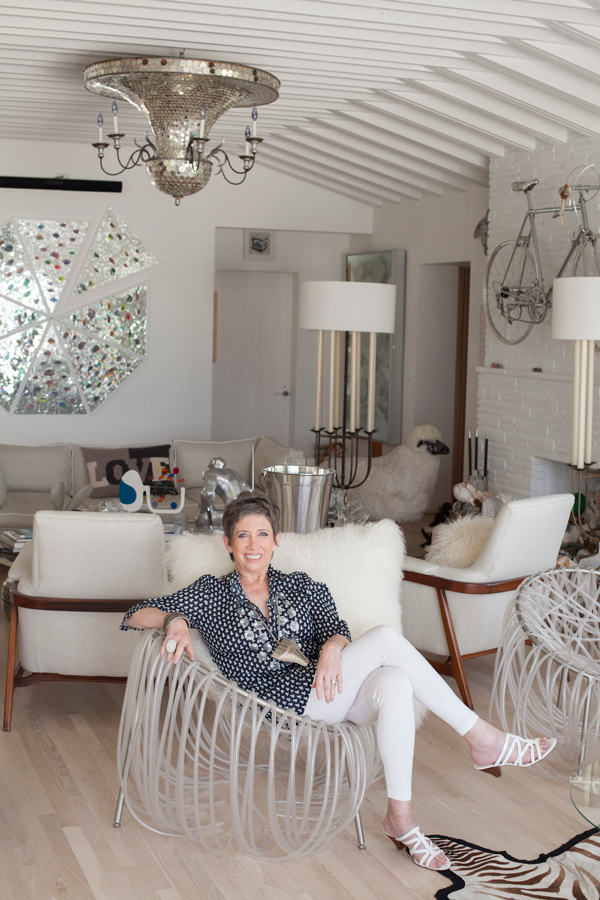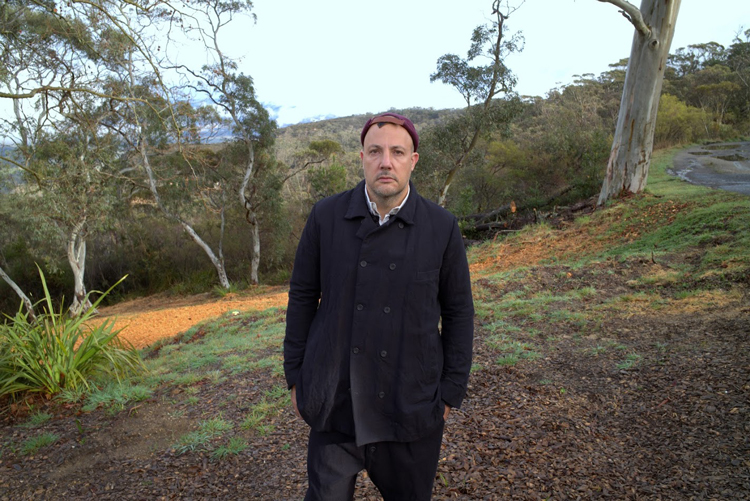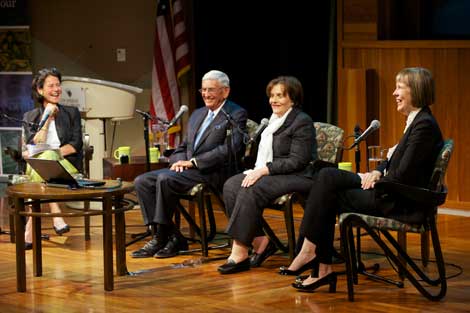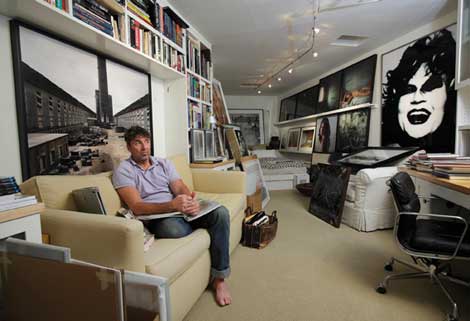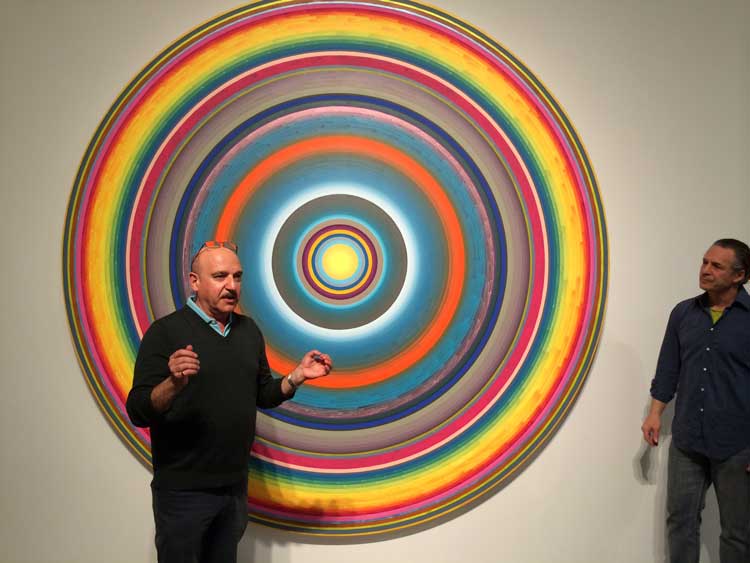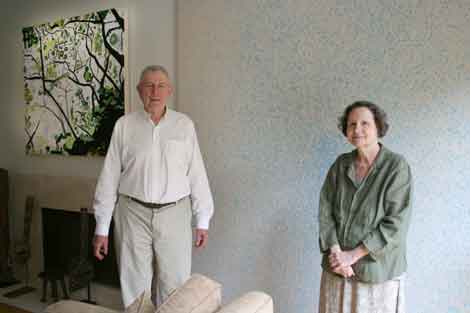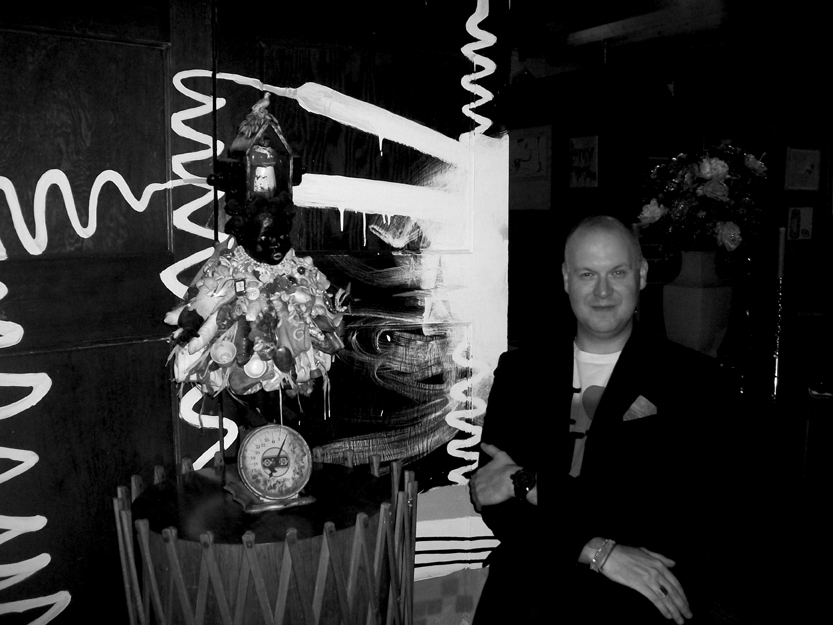Native New Yorker Beth Rudin DeWoody may be one of the most energetic collectors in the world, with a collection that includes about 10,000 works, mostly of 20th and 21st century art. Collecting since the 1970s, Rudin DeWoody consistently makes ARTNews’ Top 200...
